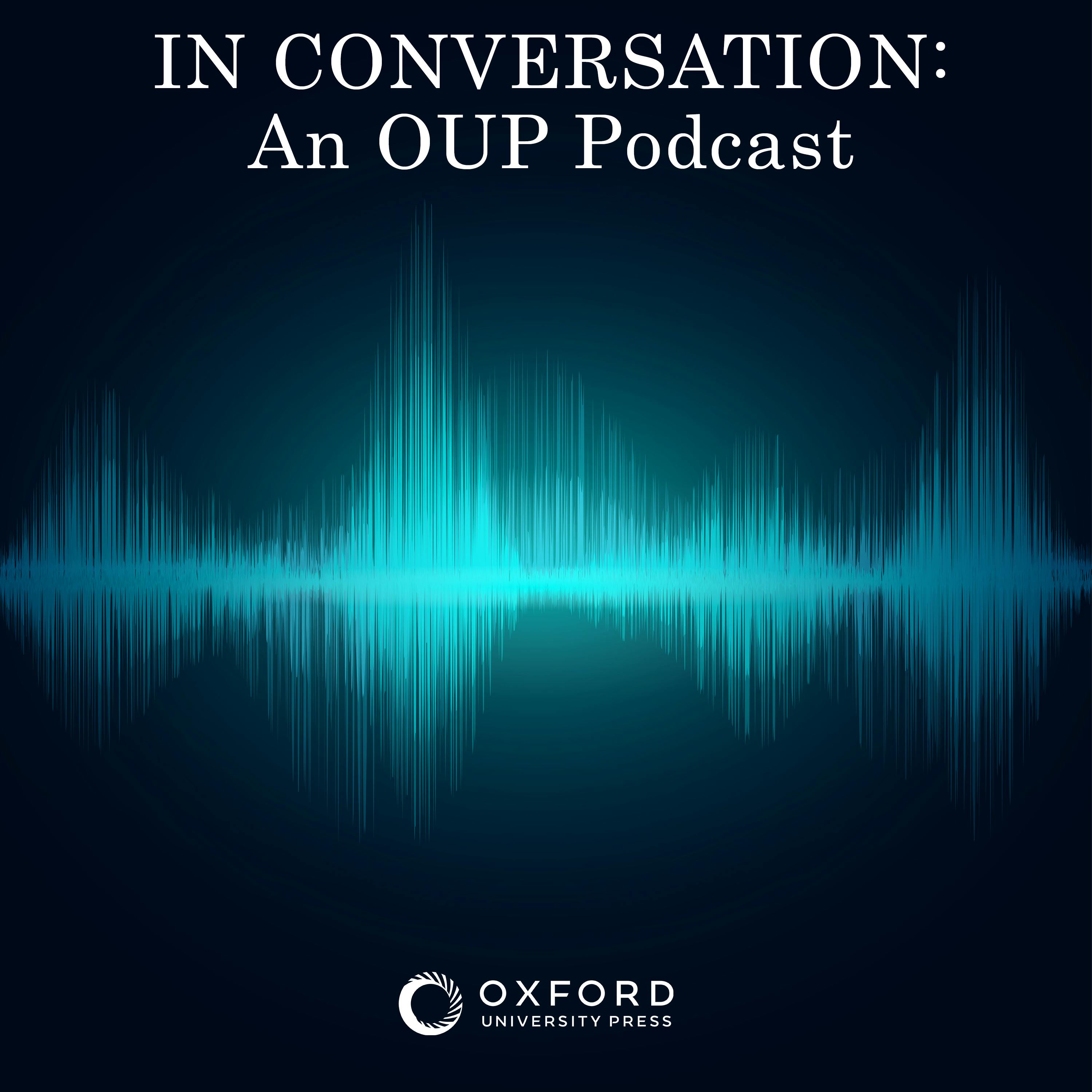
Steven Conn, “Americans Against the City: Anti-Urbanism in the Twentieth Century” (Oxford UP, 2014)

In Conversation: An OUP Podcast
Shownotes Transcript
Americans have a paradoxical relationship with cities, Steven Conn) argues in his new book,Americans Against the City: Anti-Urbanism in the Twentieth Century )(Oxford University Press, 2014). Nearly three-quarters of the population lives near an urban center, the result of a centuries-old, global trend that reflects not just industrialization but the role cities have played as engines of economic, social, cultural, intellectual, and political life. Yet two-thirds of this “metropolitan” demographic–half the nation–chooses to reside in the suburbs, and over the years a remarkably consistent and low number of people have said they would prefer to live in a city. This may just reflect circumstance, the outcome of policies that, historians know, were not smartly, and often undemocratically, imposed. But as Morton White recounted decades ago, the intellectuals of the past have been just as anti-urban as politicians. Despite the outsized importance of the seaboard port-cities to the War for Independence, the founders left a Constitution that divided power geographically, not numerically, ensuring that cities would be forever underrepresented. Jefferson expressed the feeling of many early republicans that we could only maintain our virtue and freedom by remaining a nation of small yeoman, even while doubling the country’s size and guaranteeing its commercial development. Henry David Thoreau, writing in a more democratic age, told readers to go to “the woods” to find individuality–from a cabin one mile outside Concord.
This anti-urban tradition was briefly interrupted in the late 1800’s, when, as Conn writes, for the first time the problems of the city became the problems of the nation. Many Progressives advocated European-style planning to meet the challenges for which cities were infrastructurally unprepared and often governmentally powerless to resolve. But as Conn writes, many thinkers also continued to see the city itself as the problem, and saw the solution as decentralization: dispersing population and industry. During the interwar period, the car, and electricity, stepped in to meet their needs, and when the Great Depression hit, FDR and the New Dealers fell back on this generation of thought, coming forward with a battery of programs that would unravel the city–and the famous coalition he built.
Indeed, while the anti-urban tradition has often been the vehicle for an illiberal free-market political agenda, Conn shows that it has covered the ideological spectrum. The postwar Right in the Sunbelt helped speed the decline of the industrial belt in the North by advertising its bourgeoning megalopolises as the antithesis of the urban: free of high-rises, zoning, civil rights protestors, unions, and government in general, even while it relied on billions in federal tax dollars, saw high rates in crime, and increasingly had to reverse itself and create basic municipal services. But the anti-urban sentiment cut across the aisle, from the enthusiasm of postwar liberals for “urban renewal” and highways to the hippies’ revival of the back-to-the-land fantasy and the flowering of 1990’s communitarianism.
The nation’s anti-urban policies remain, as does the bipartisan impulse, which makes this book’s subject as relevant as ever. Perhaps, as Conn says, in this era of hip gentrification, when the children of the suburbs are returning to cities, the “new urbanists” will break internationally odd pattern. But they will have to grapple with the multidimensional legacy of the nation’s anti-urban past. And Conn’s intellectual and cultural history, the first of its kind, will be the place to start.